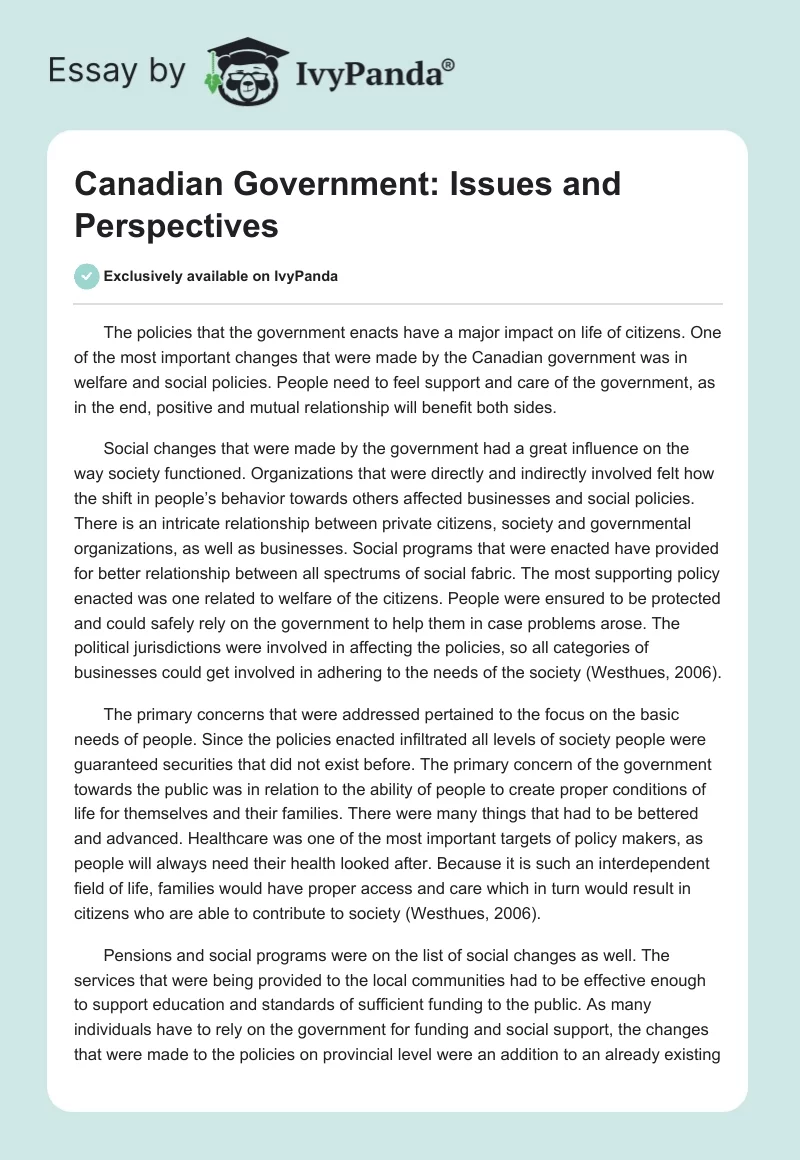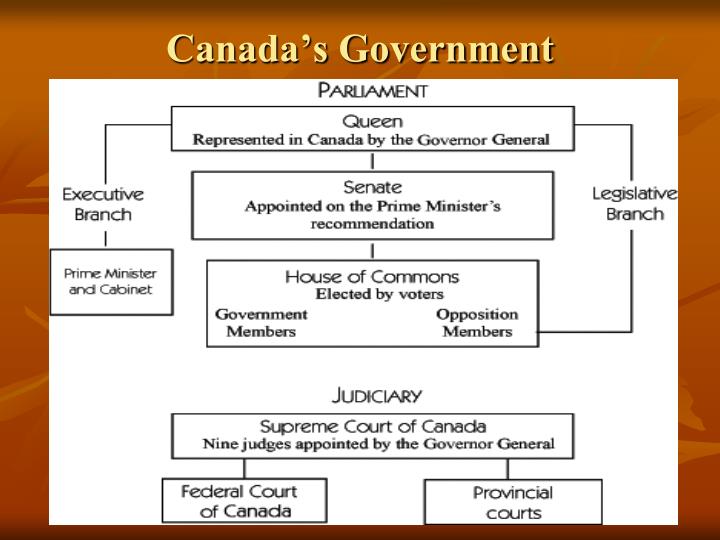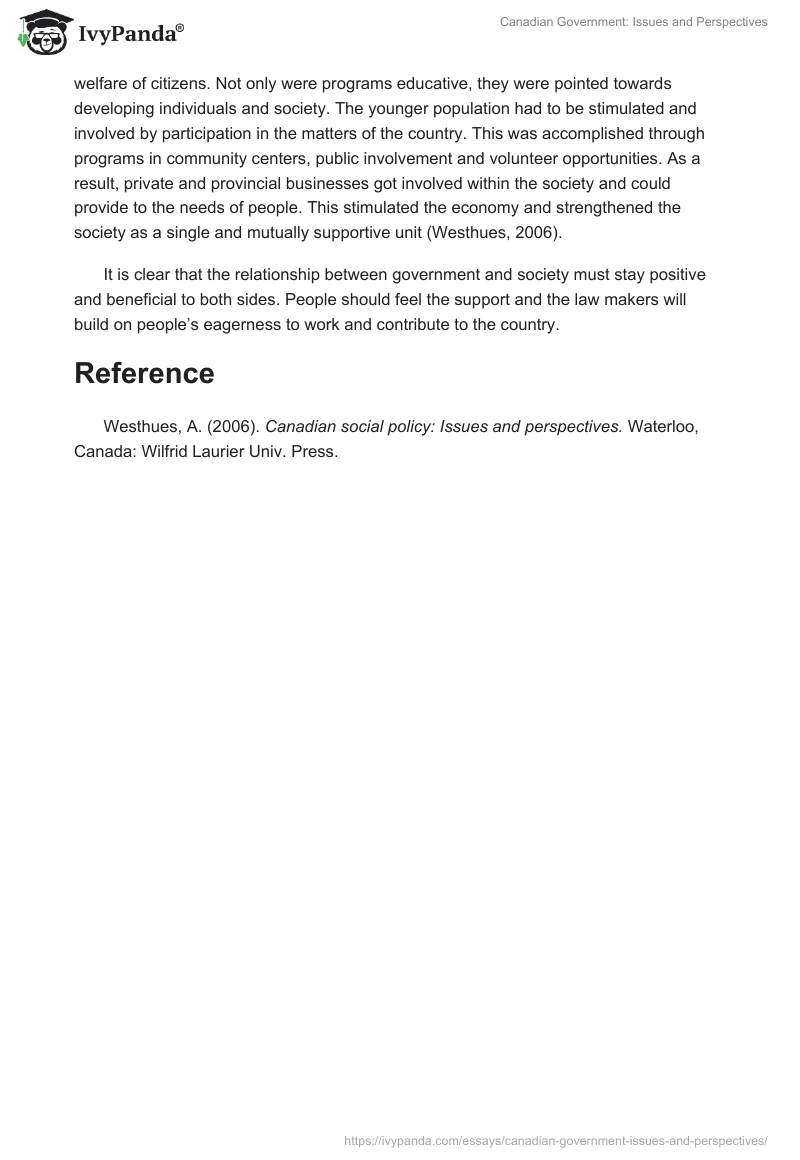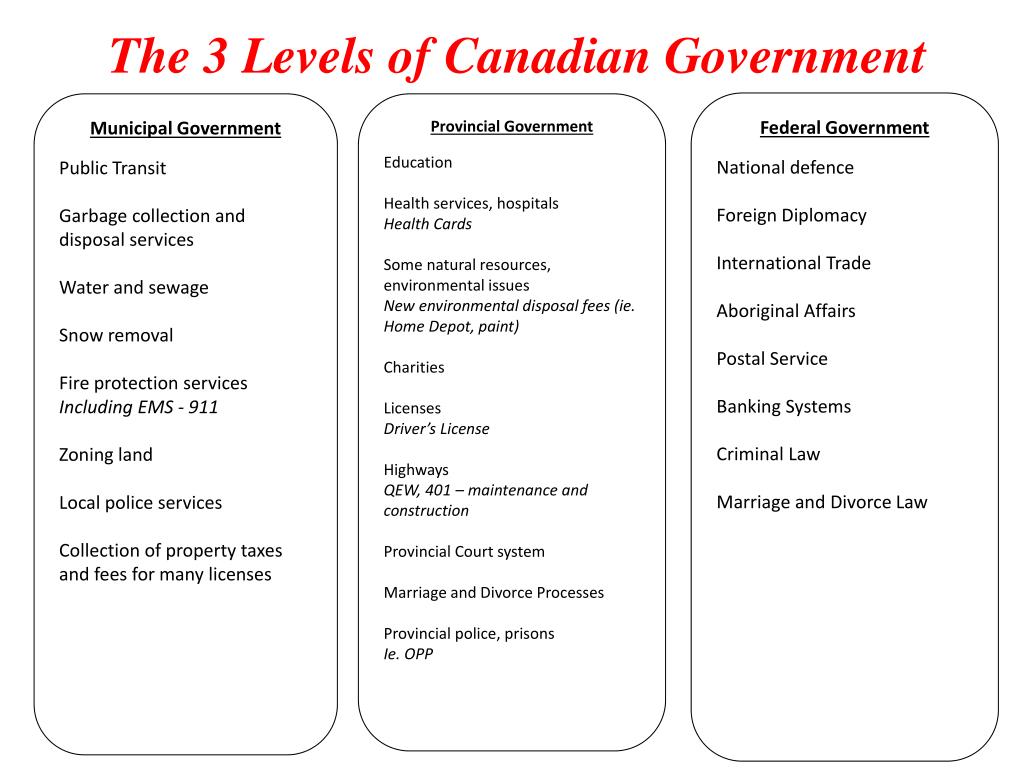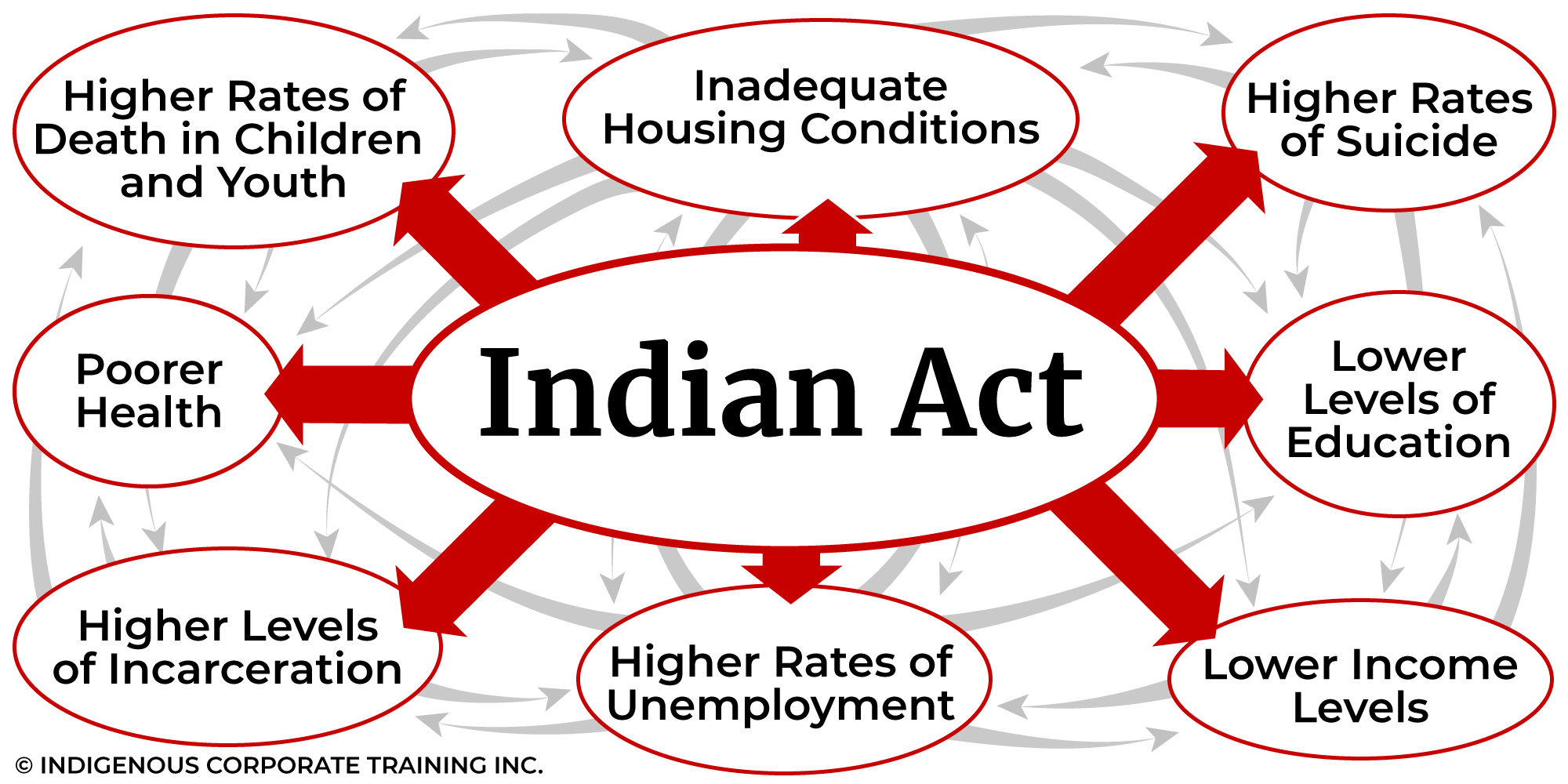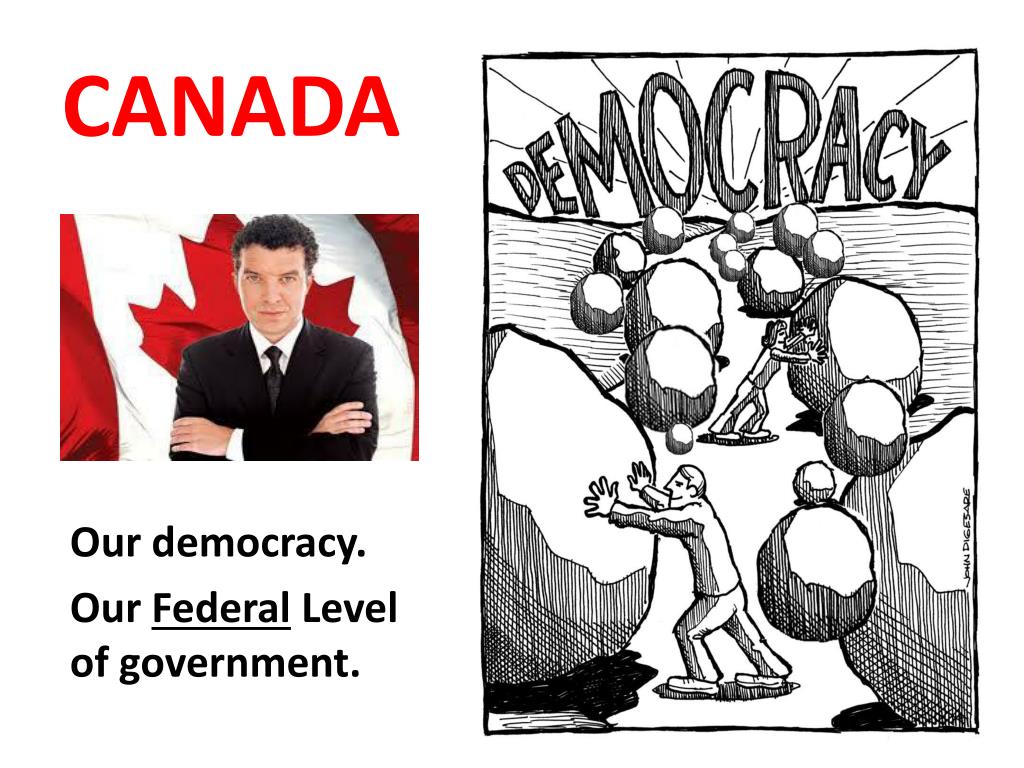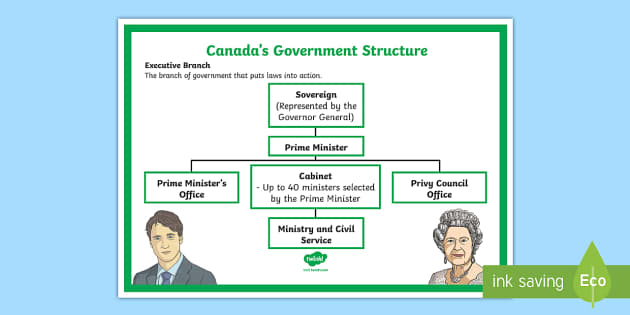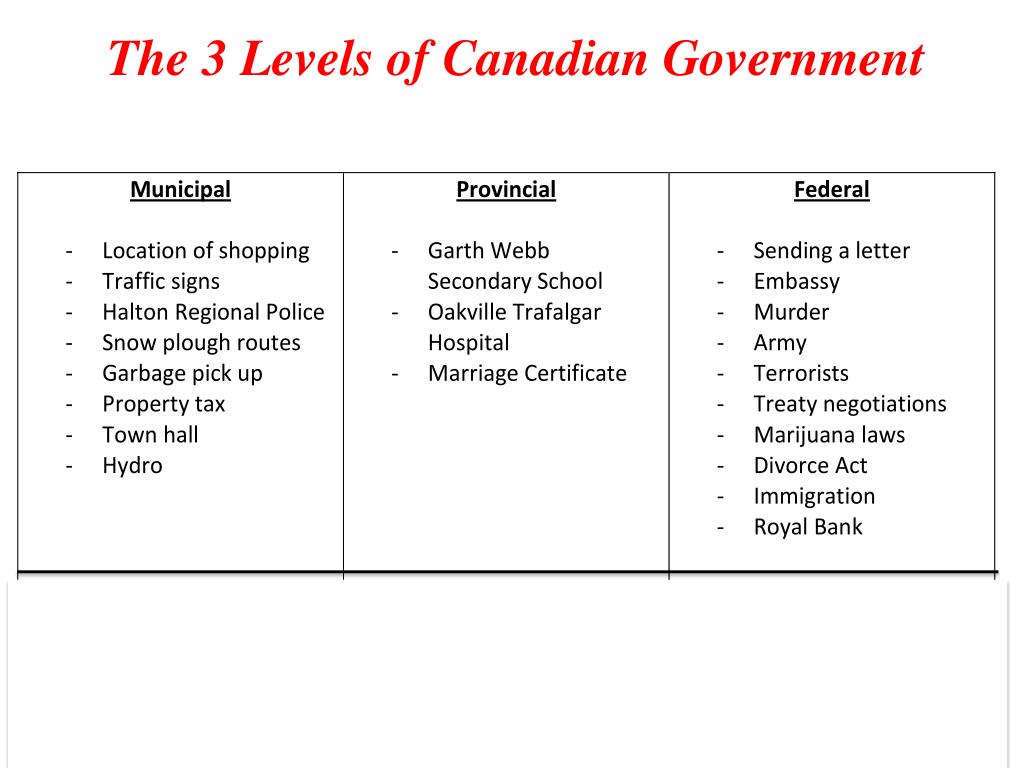How Does The Canadian Government Deal With Problems
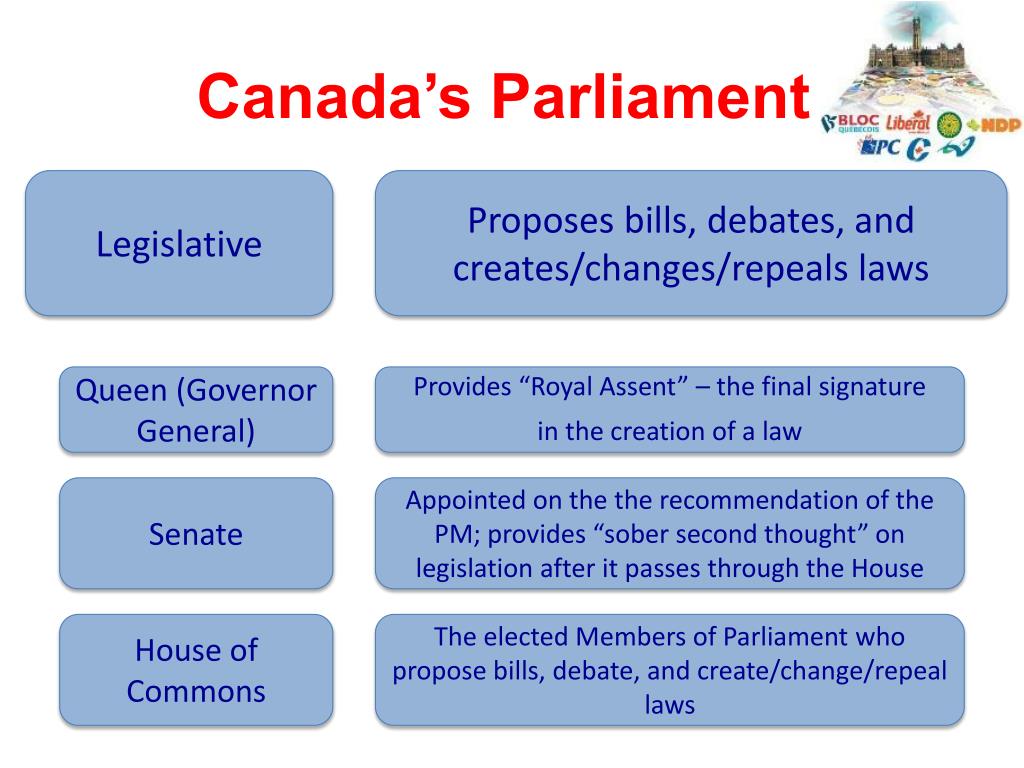
Ottawa faces mounting pressure as critical issues like housing affordability and healthcare strain resources. The Canadian government's approach to problem-solving is under intense scrutiny amidst growing public frustration.
This article dissects the mechanisms the Canadian government employs when tackling national challenges. We examine strategies, from policy implementation to budget allocation, revealing how Ottawa navigates complex issues impacting Canadians nationwide.
Navigating Crises: The Government's Toolkit
The Canadian government utilizes a multi-faceted approach when addressing national problems. This includes policy development, legislative action, and strategic resource allocation.
Policy development starts with extensive research and consultation. Experts, stakeholders, and the public contribute to shaping effective solutions.
This process often involves parliamentary committees holding hearings and publishing reports. These reports inform the government's policy decisions and legislative agenda.
Budgetary Allocations: Where Does the Money Go?
Financial resources are crucial in addressing any problem. The annual federal budget reflects the government's priorities and commitments.
In 2023, the federal budget allocated significant funds to healthcare and housing. This demonstrates a focus on these critical areas (Source: Department of Finance Canada).
The budget includes provisions for new programs and initiatives. It also reinforces existing ones deemed effective.
Case Studies: Examining Government Responses
Examining past government responses offers insights into its problem-solving approach. Let's consider two pressing issues: housing affordability and healthcare access.
Regarding housing affordability, the government has implemented measures like the First-Time Home Buyer Incentive. This aims to assist young Canadians in entering the housing market.
However, critics argue these measures are insufficient to address the scale of the crisis. They call for more aggressive interventions, such as increased housing supply.
In healthcare, the federal government provides funding to provinces and territories. This supports the delivery of healthcare services under the Canada Health Act.
Wait times and access to specialists remain significant concerns. Ongoing discussions focus on enhancing collaboration and resource allocation.
Collaboration with Provinces and Territories
Many national issues require collaboration between the federal and provincial/territorial governments. Healthcare, education, and infrastructure are prime examples.
The Council of the Federation serves as a forum for premiers to discuss shared priorities. This facilitates intergovernmental cooperation and coordination.
Agreements like the Canada-Wide Early Learning and Child Care Agreement exemplify this collaborative approach. This initiative aims to improve access to affordable childcare across the country.
Challenges and Criticisms
The Canadian government's approach to problem-solving is not without its challenges. Bureaucracy and partisan politics can hinder effective action.
Critics often point to the slow pace of decision-making. They also cite the lack of accountability in government programs.
Opposition parties regularly scrutinize the government's performance. They propose alternative solutions and demand greater transparency.
Looking Ahead: Ongoing Developments
The Canadian government continues to grapple with complex challenges. Addressing these issues requires ongoing evaluation and adaptation.
The government is currently reviewing its approach to climate change mitigation. This includes exploring new technologies and policies to reduce greenhouse gas emissions.
The ongoing discussion surrounding Indigenous reconciliation remains a top priority. The government is working to implement the Truth and Reconciliation Commission's Calls to Action.
Moving forward, increased transparency and public engagement will be crucial. These efforts aim to build trust and ensure effective problem-solving.
